The HDMI2CSI board for capturing 4K HDMI now supports both TX1 and TX2. Video capturing is fully supported for resolutions up to 2160p30 on Input A and 1080p60 on Input B.
Driver development will continue on L4T 28.1. The previous 24.2.1 branch is considered deprecated.
Get started with the Readme: https://github.com/InES-HPMM/linux-l4t-4.4
and find detailed instructions (for building the Kernel etc.) on the Wiki: https://github.com/InES-HPMM/linux-l4t-4.4/wiki/hdmi2csi
Main changes:
- Driver for tc358840: Now using the updated version that is already in the 28.1 kernel (with a small modification)
- Device tree: Adapted to be compatible with 28.1 (if you come from previous L4T, please note the new way of flashing a device tree in U-Boot! Also the structure is different with separate repositories for kernel and device tree)
- Vi driver: Using the new version from Nvidia instead of our implementation, since it now supports “ganged mode” for combining multiple VI ports
- Custom resolutions: The EDID can be read and written from the Linux userspace (See [1]) to support different resolutions/timings on the fly
If you want to use Userptr/Dmabuf mode in GStreamer v4l2src, you still need to rebuild GStreamer. The reason is that GStreamer by default uses libv4l for the REQBUF ioctl. The libv4l implementation of this ioctl does NOT support userptr/dmabuf. But you can just build GStreamer without libv4l and it will use correct implementations for the ioctls and work.
Original release:
https://blog.zhaw.ch/high-performance/2016/06/01/open-source-driver-for-hdmi2csi-module-released/

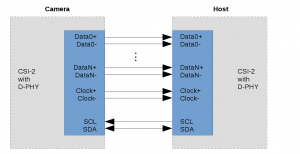
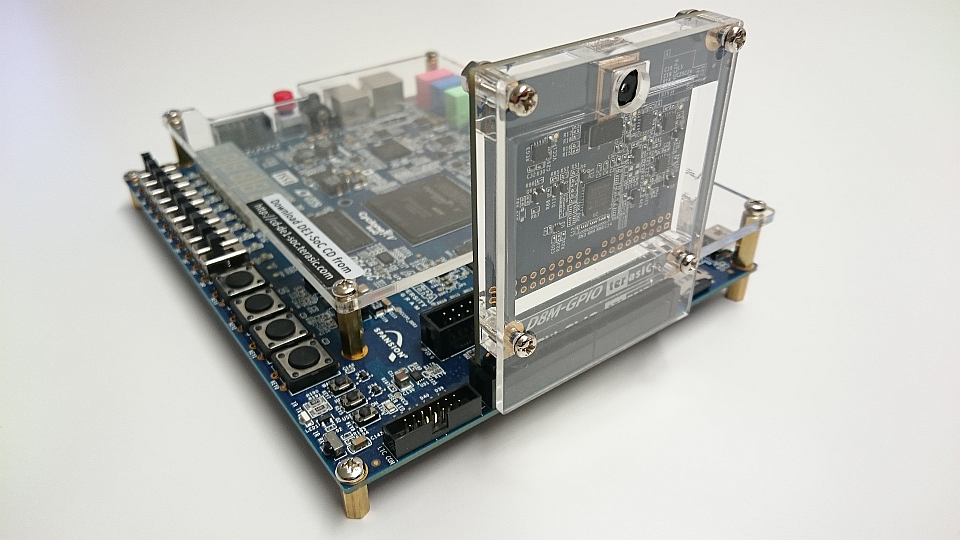
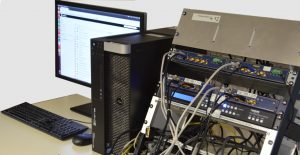
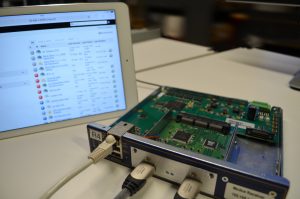
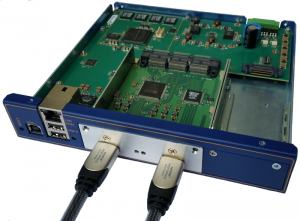
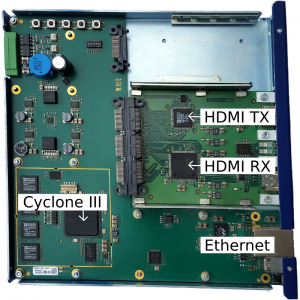
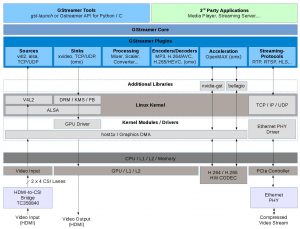


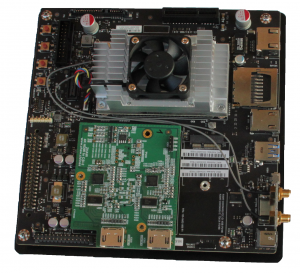


Recent Comments